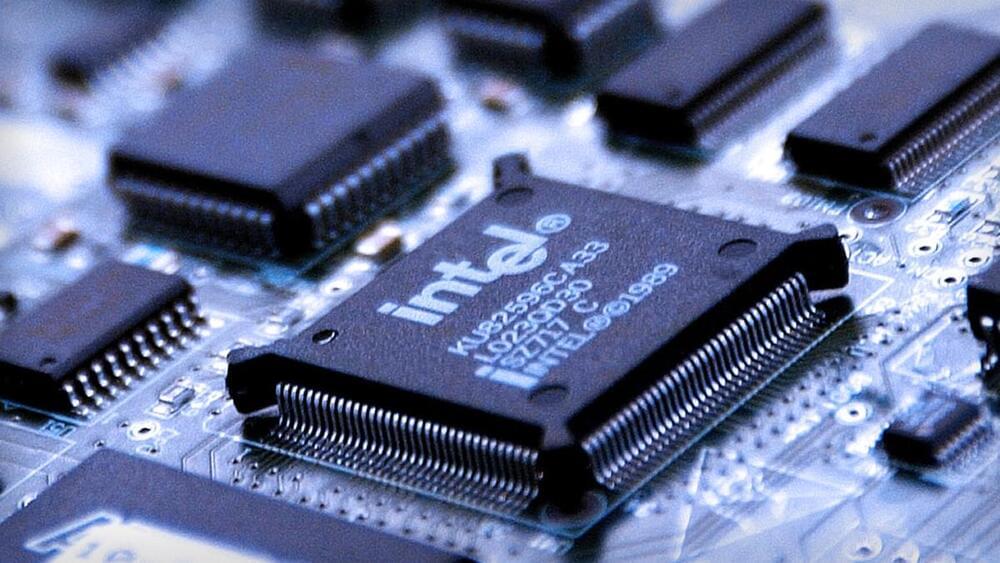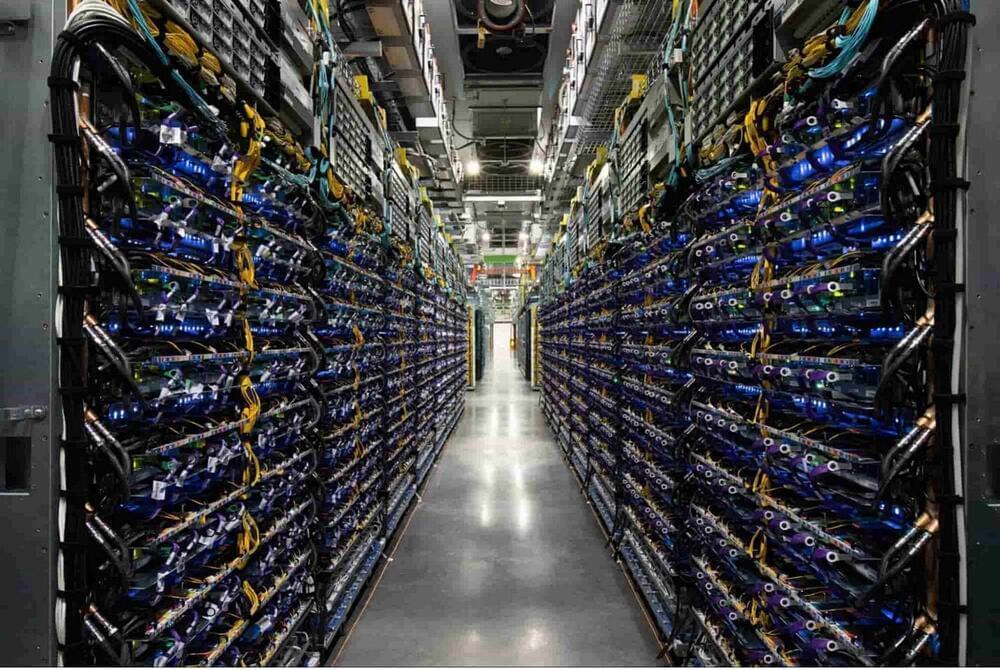With the growing technological advancements, it is now possible to create complex applications without spending huge amounts of money, waiting for months and years, and employing multiple developers. The introduction of low-code and no-code platforms has made it possible to build applications integrated with advanced technologies. Here, we have listed some of the most prominent low-code platforms that developers can use to create AI applications in 2022.
Microsoft PowerApps: Microsoft PowerApps is a low-code platform that allows users to create business applications without writing code. The platform uses a drag-and-drop interface to build applications from a set of pre-built components that enables citizen developers to create business applications without writing code.
Salesforce Platform: Salesforce Platform is the first low-code platform that delivers the power and flexibility of an enterprise-grade custom app with the speed, agility, and simplicity of a SaaS app. It provides a visual drag-and-drop interface for creating applications and it offers a variety of ready-to-use templates.





